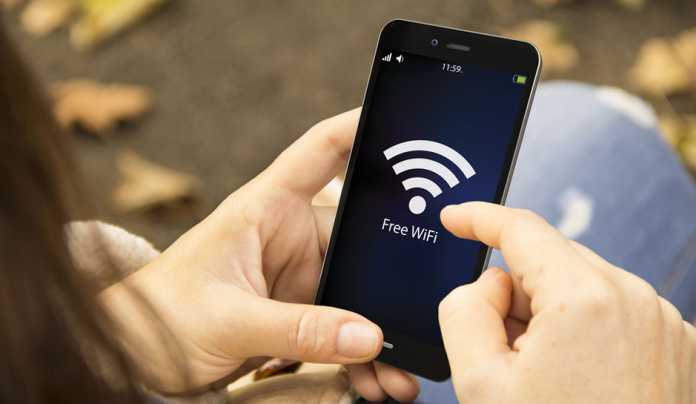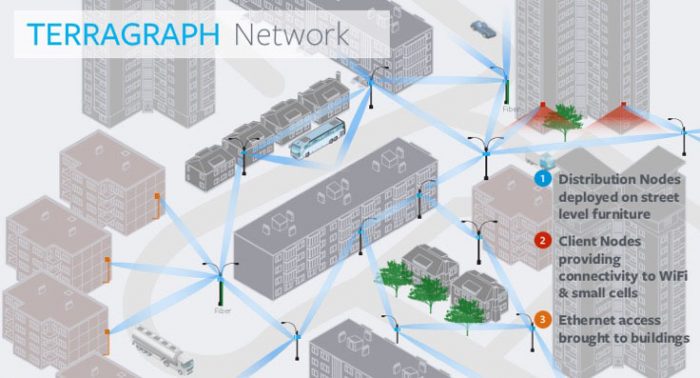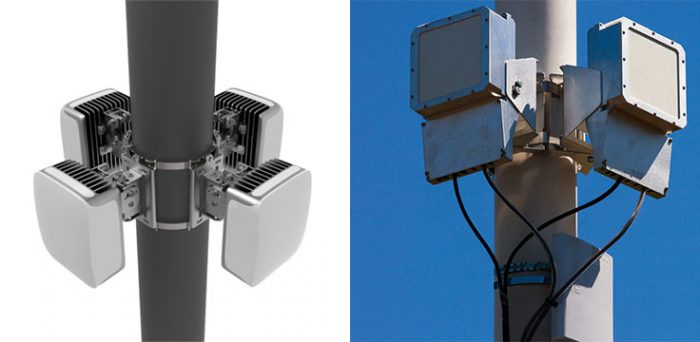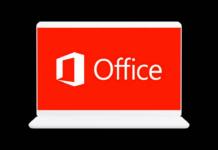Facebook made it clear that it continues taking the idea of providing Internet access to the maximum possible places seriously. The company develops various designs, such as the gigantic drone Aquila.
But one was detailed in the event’s Facebook Terragraph, which aims to create a high-speed wireless network to connect cities.
Terragraph: Facebook’s Wireless Network Project To Connect Dense Urban Areas
Facebook has been testing the technology for some time on its campus in California. The company has achieved data transmission speeds exceeding 1 Gb/s (gigabit per second).
The current plan is to test the transmissions in the central city of San Jose, California, and then do the same in other parts of the world.
What is the secret of Terragraph for such high speeds? The project is based on a wireless technology supported by several industry giants like Samsung, Intel, Sony, and Qualcomm: WiGig.
Relatively new, this pattern can allow connections with speeds up to 7 Gb/s. Such high rates are possible, among other factors, due to the frequency of 60 GHz WiGig.
In contrast, this frequency has a serious limitation: it is easily susceptible to blocking by obstacles – it’s very difficult to make the signal through walls, for example.
To overcome this problem, Facebook wants to combine WiGig with other ideas. One is integrating technology with network management software developed by Facebook and distributing the smart way data traffic to avoid overload or bottlenecks.
Another plan is the distribution of multiple antennas or small signal transmission points across the city. As they can stay in lampposts and traffic lights, for example.
The purpose is to leave the antennas near each other, with distances between 200 and 250 meters, the maximum distance supported by WiGig.
Facebook did not detail how the signal provided by the network may be taken to the interior of buildings and homes, but this does not seem to be a difficult problem to solve: we can think of receivers connected by cable to the router to an internal Wi-Fi network.
Even Facebook will have difficulty decreasing the risk of instability in the transmissions. Trucks, buses and even large clumps of cars can interfere with the signal.
Ben Zhao, networks reaching expert at the University of California, explained to the MIT Technology Review that the antennas have to “crawl” precisely so that devices connected to that problem do not occur.
Considering urban centers’ dynamics, this is a big challenge, but smart antenna distribution should help with this. Anyway, the next rounds of testing will tell if Facebook will succeed with Terragraph. The company intends to monetize this technology, not directly.
If the project is successful, the Terragraph must be licensed free to suppliers and other companies in the industry.
By making viable high-speed networks, Facebook can bring more people to its services or expand its segments, as the company is very focused on virtual reality. Even rural areas are being considered.
Another connectivity project that Facebook addressed the F8 is the ARIES (Antenna Radio Integration for Efficiency in Spectrum) technology, which promises to take broadcasts from urban areas to surrounding points at a distance of up to 40 kilometers.
In short, Project ARIES is a broadcast platform that, at this stage, works with 96 antennas to increase by up to ten times the energy and spectral efficiency of conventional 4G networks.
This is also a very challenging initiative; after all, all the work is being done with a focus on a very ambitious goal: ARIES have to work without, however, requiring large expenditures with its implementation.





